I'm making a desktop application in java and am doing some memory optimisations. That made me come across two threads running in the JVM, both named:
RMI TCP connection
And they're both contributing to heap growth quite considerably (at my perspective)
Now I don't know much, but TCP sounds to me like it's some internet thing. From what I've managed to find on google, it has something to do with serialization/deserialization over the internet.
But my application doesn't need the internet, so I would like to know two things:
- what are they and what are they doing in my JVM?
- Can I get rid of them somehow?
My tool has been "Java visualVM". A though has crossed my mind that the two threads are spawned as a result of using this tool, in which case I'll feel a bit stupid.
